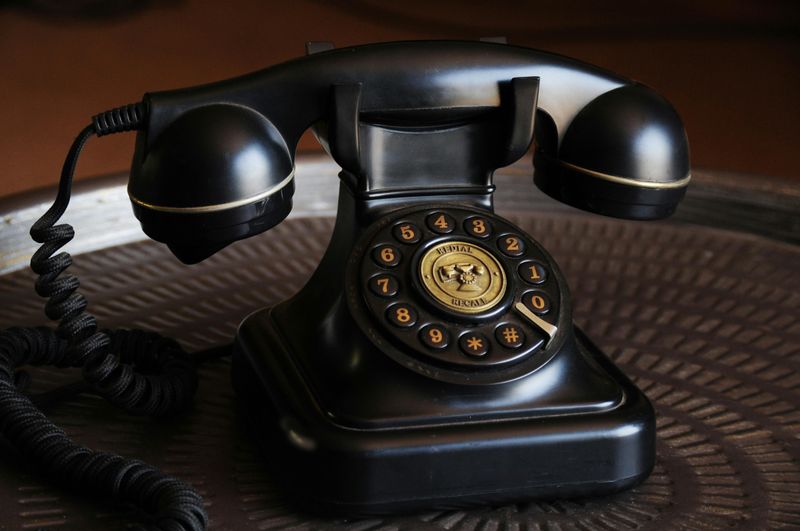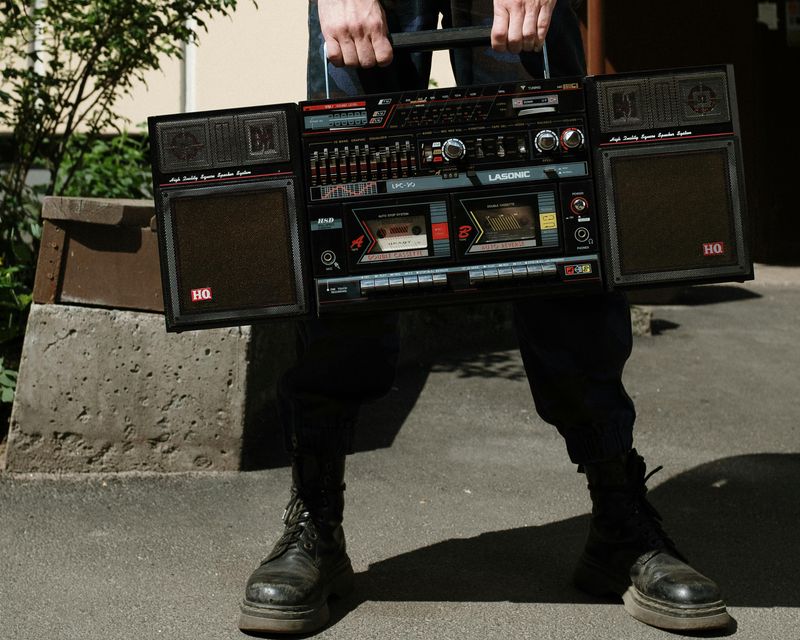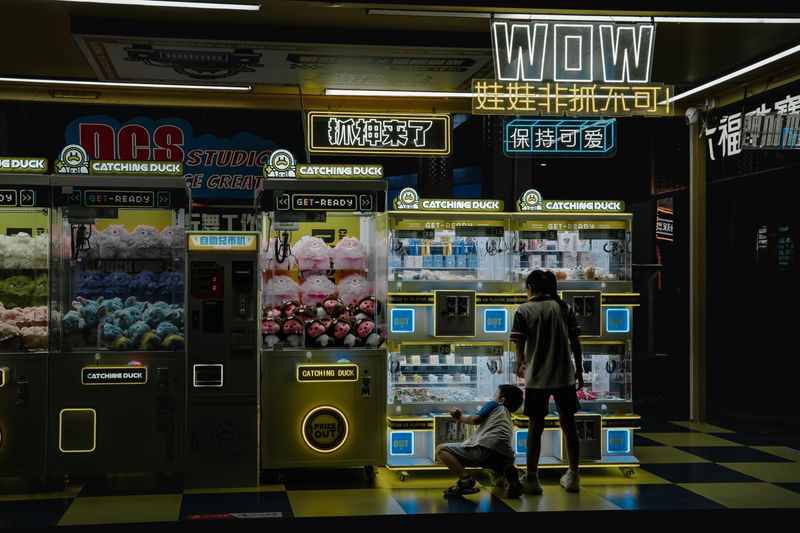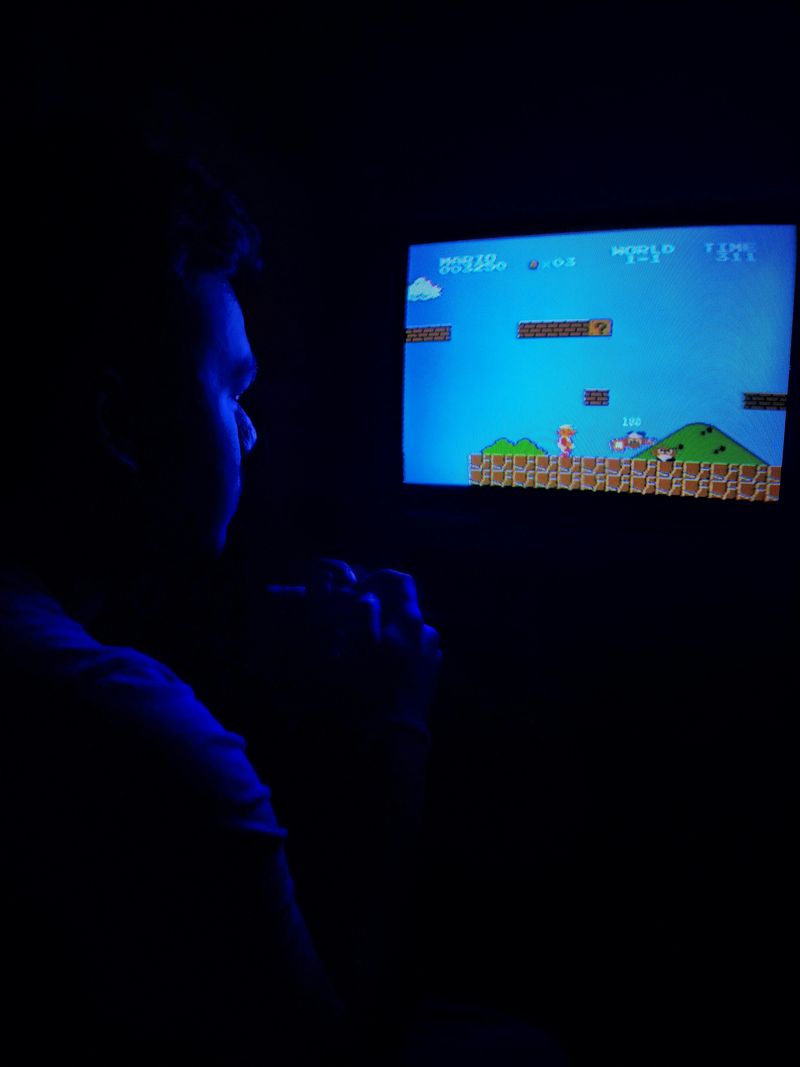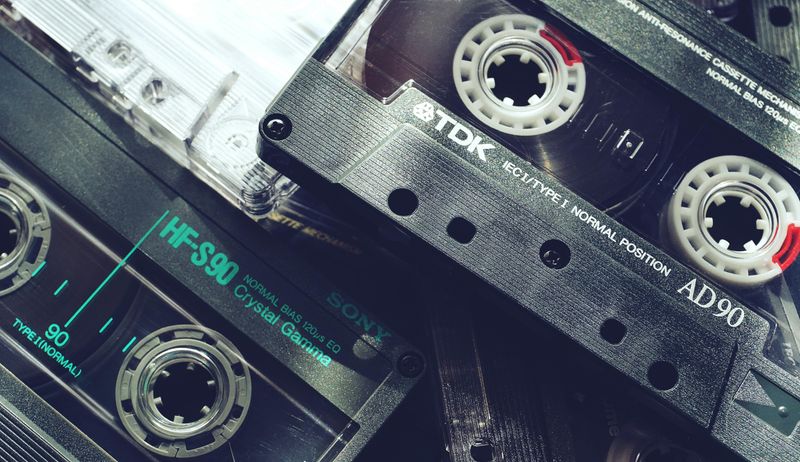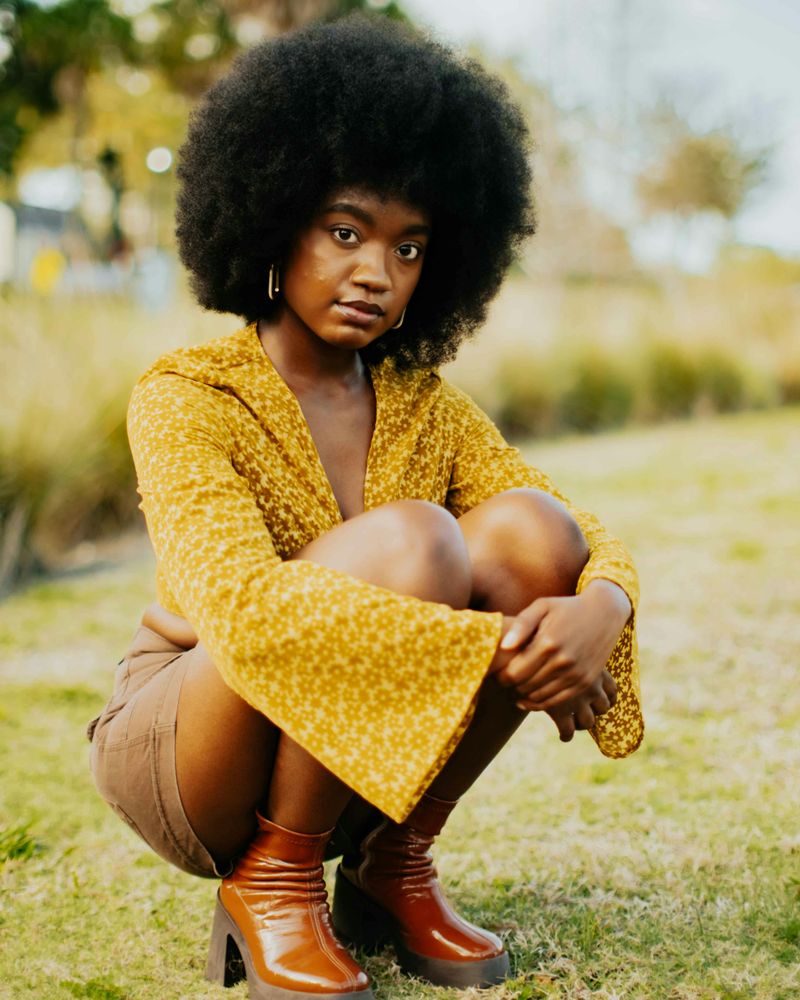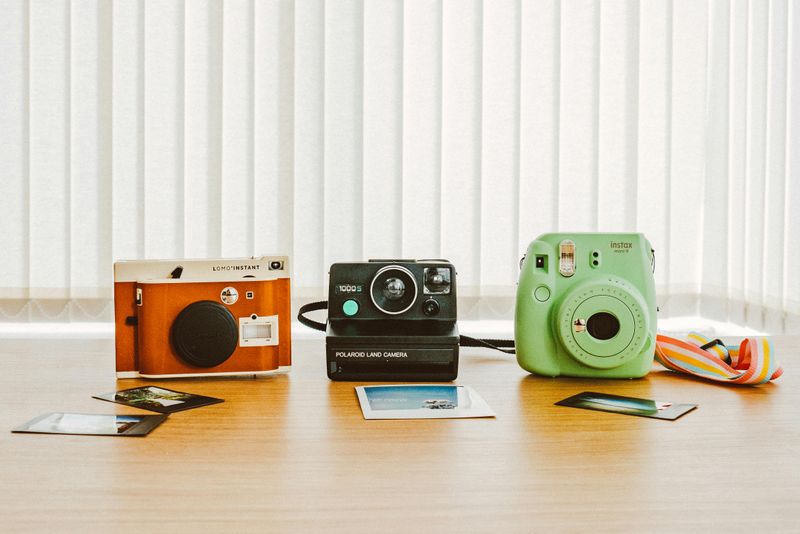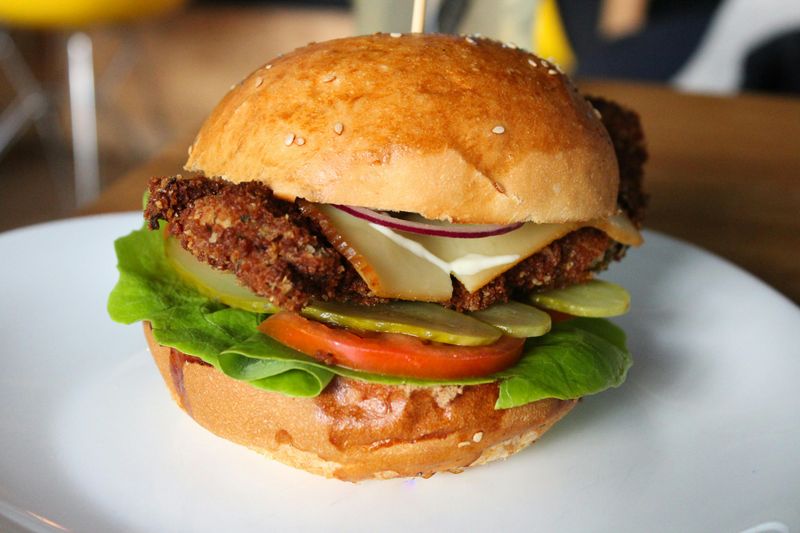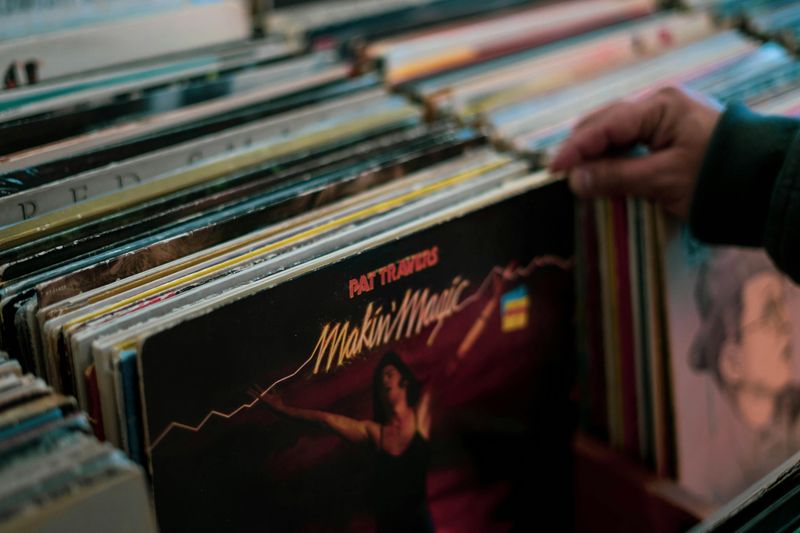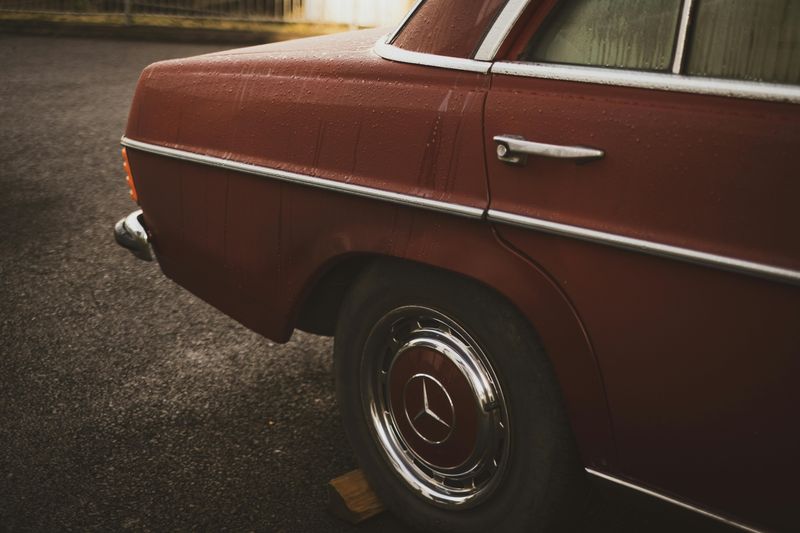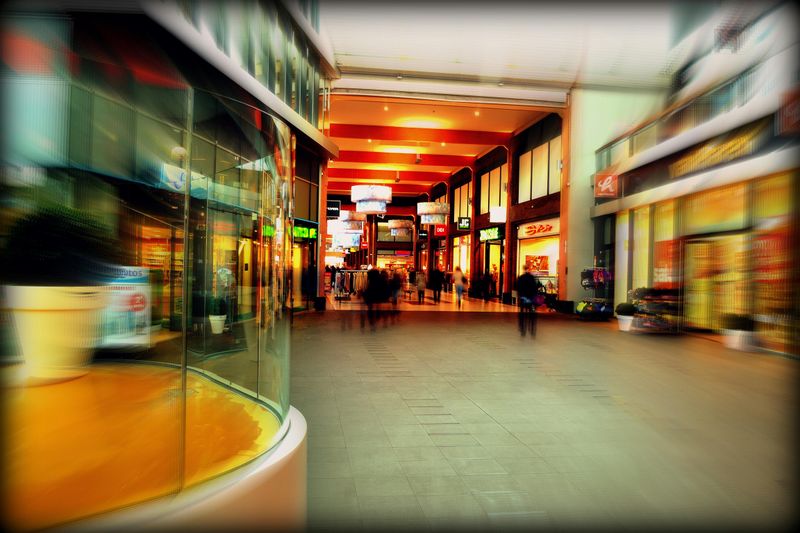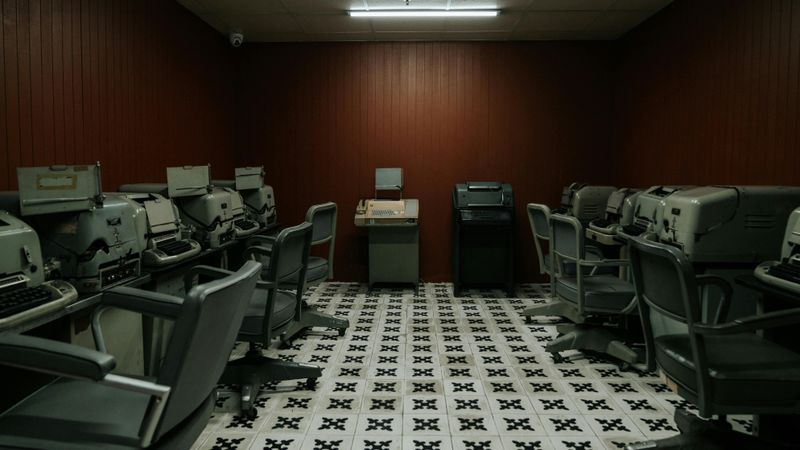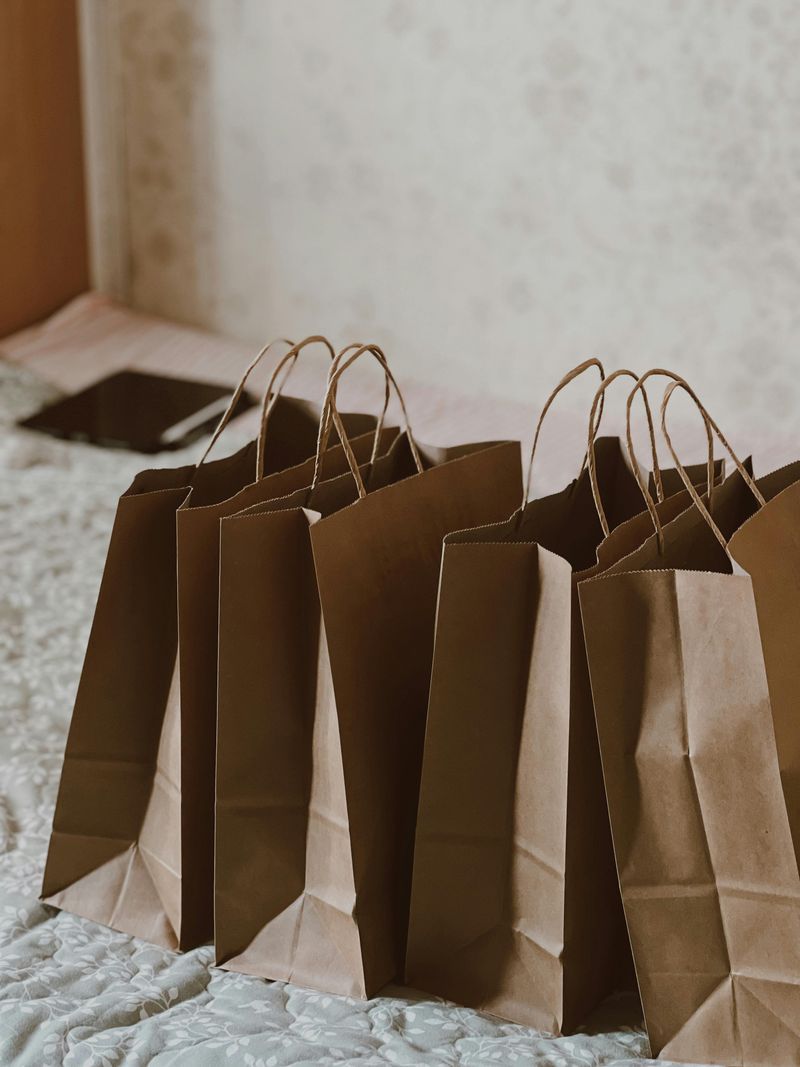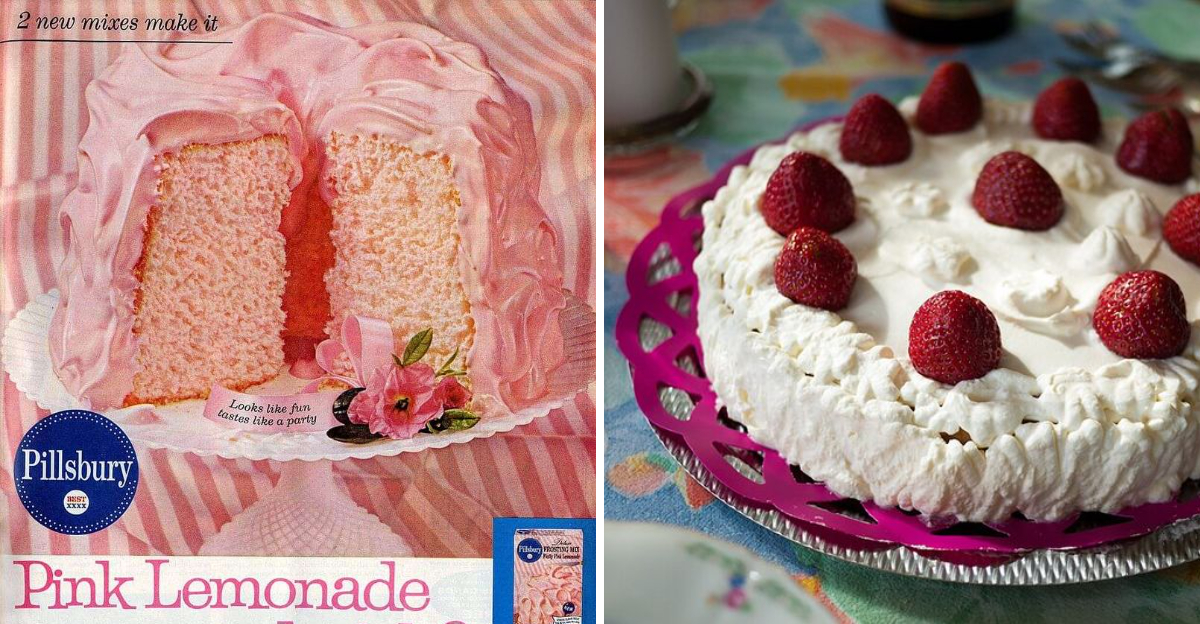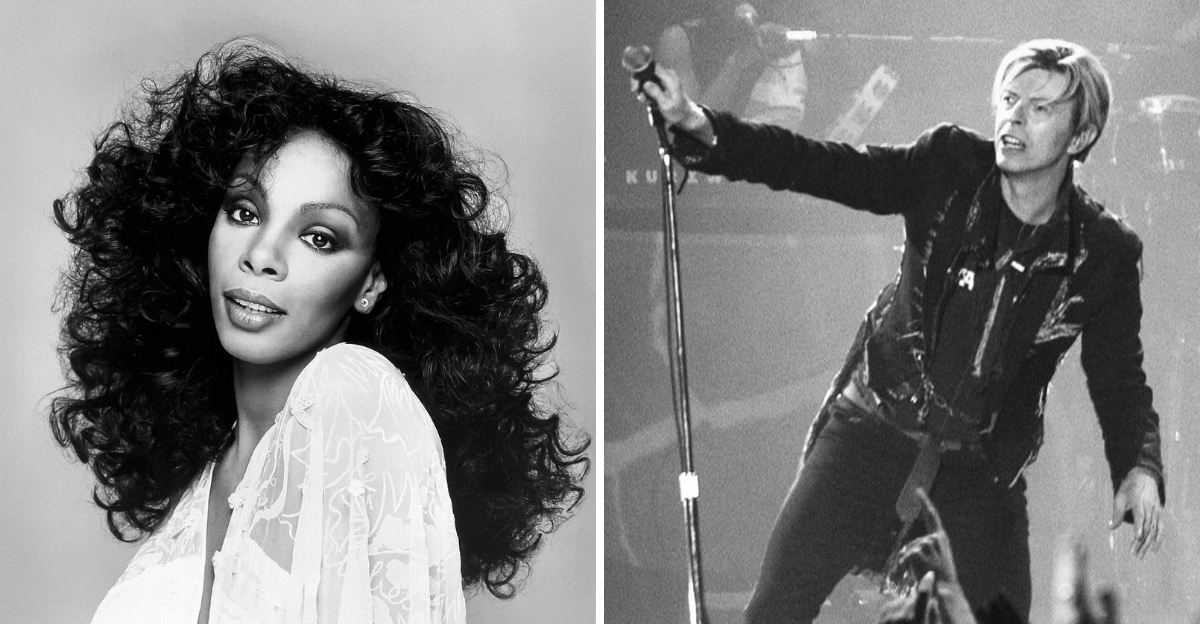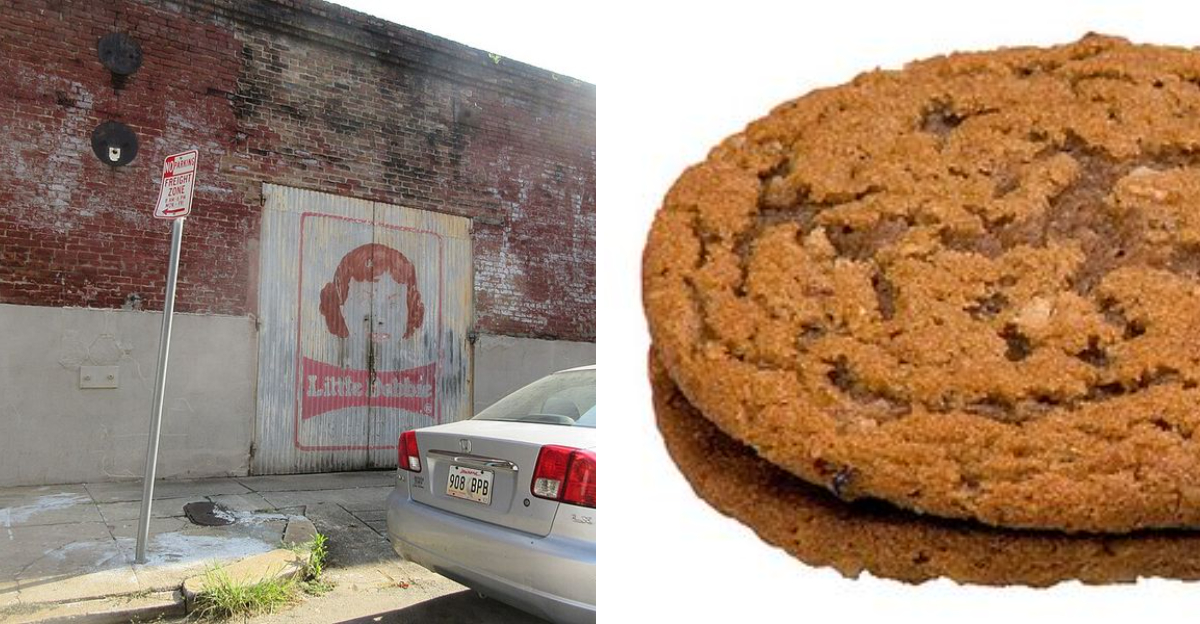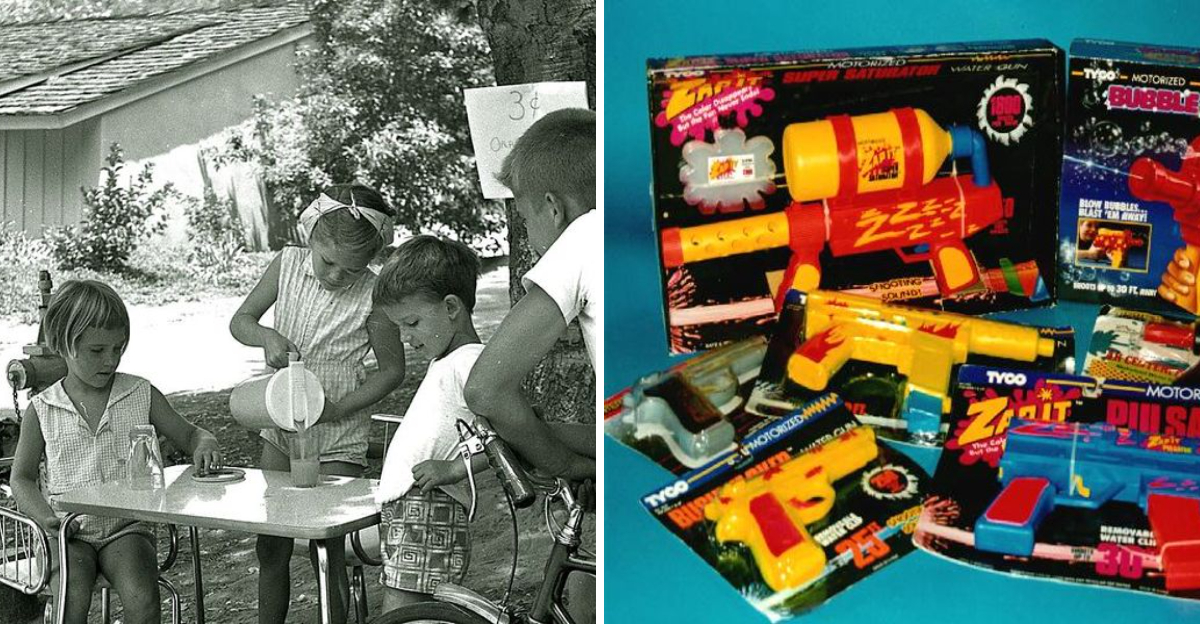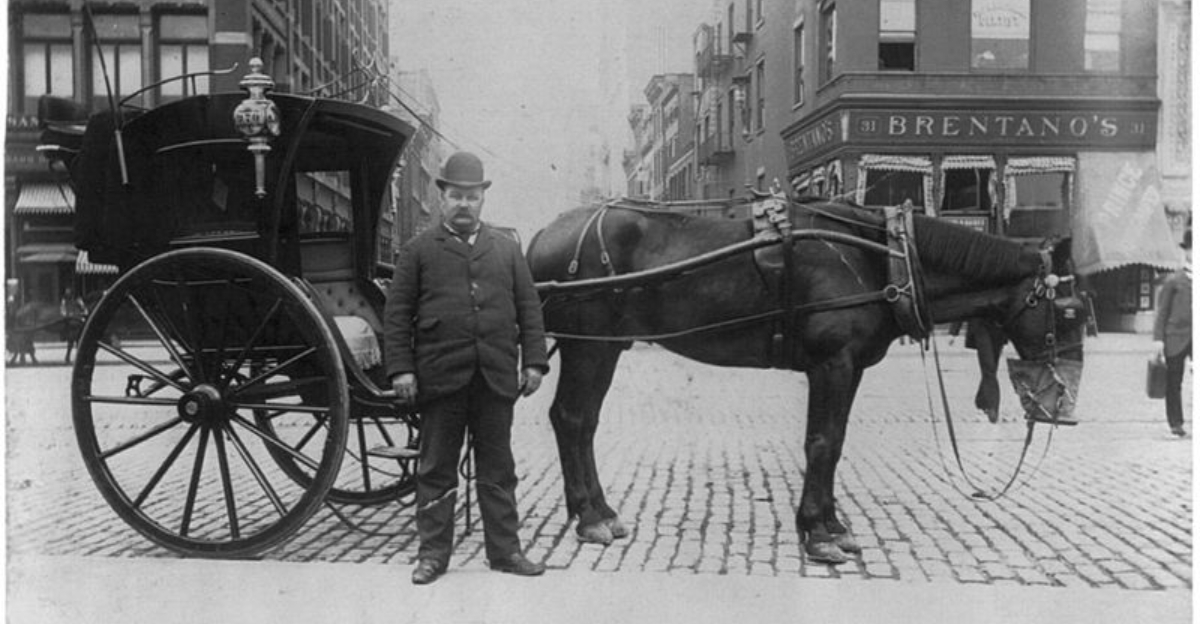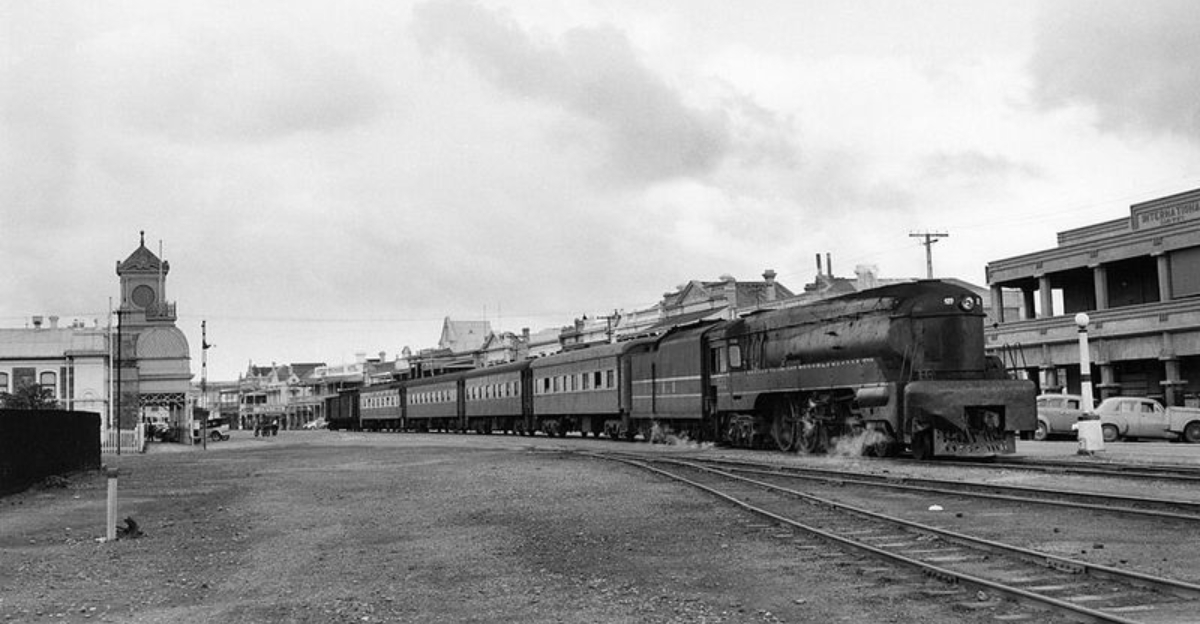15 Photos Of What Daily Life Looked Like In 1980
Before smartphones and streaming services ruled our world, life in 1980 moved at a completely different pace. Families gathered around bulky TVs, kids played outside until the streetlights came on, and rotary phones connected friends across town.
These snapshots capture the fashion, technology, and everyday moments that defined an unforgettable era when big hair met even bigger dreams.
1. Rotary Phones Connected Everyone
Dialing a phone number meant spinning that circular dial and waiting patiently for each number to click back. No speed dial, no contact lists, just pure muscle memory.
If someone was on the line, you’d hear that annoying busy signal. Families often had one phone for the entire household, usually attached to the kitchen wall with a super long, tangled cord.
2. Boom Boxes Brought The Beats
Carrying your music meant lugging around a massive boom box on your shoulder like a musical superhero. These portable stereos ran on batteries that died faster than your enthusiasm for gym class.
Kids would blast everything from Michael Jackson to The Clash at parks and street corners. The louder the bass, the cooler you looked, just saying.
3. Arcade Games Were Social Hangouts
Arcades were the ultimate gathering spot where quarters disappeared faster than pizza at a birthday party. Pac-Man, Space Invaders, and Donkey Kong ruled the neon-lit rooms.
Standing in line to play your favorite game meant making friends or trash-talking competitors. High scores earned you legendary status among your peers, and nobody could pause the action to take a bathroom break.
4. TV Had Only A Few Channels
Television meant choosing from maybe five channels if you were lucky. You actually had to get up and turn a physical dial to change the station.
Saturday morning cartoons were appointment viewing because missing them meant waiting another whole week. Antennas with aluminum foil helped improve reception, and adjusting the rabbit ears was practically an Olympic sport.
5. Cassette Tapes Held Your Music Collection
Creating the perfect mixtape was an art form that required hours of dedication and a steady finger on the record button. Fast-forwarding and rewinding to find your favorite song tested everyone’s patience.
When the tape got tangled, you’d use a pencil to wind it back in. Each cassette held maybe 15 songs total, making every track selection feel important.
6. Fashion Featured Bold Colors And Patterns
Polyester ruled the fashion world with pants so tight they practically painted your legs. Bell-bottoms were still hanging on from the 70s, while platform shoes added dangerous inches to everyone’s height.
Bright colors, wild patterns, and oversized sunglasses made every outfit a statement. Looking back, some choices seem questionable, but confidence sold every look back then.
7. Polaroid Cameras Captured Instant Memories
Snapping a photo meant waiting anxiously while the picture slowly appeared like magic before your eyes. You’d shake the photo gently, hoping it would develop faster.
Each shot cost money, so you couldn’t take 50 selfies until one looked perfect. If someone blinked or made a weird face, that awkward moment became permanent history in your photo album.
8. Kids Played Outside Until Dark
Neighborhood games of kickball, hide-and-seek, and bike races filled every afternoon. Parents didn’t track their kids with GPS; they just yelled out the door when dinner was ready.
Streetlights coming on meant it was time to head home, no exceptions. Skinned knees and grass stains were badges of honor, proving you’d had an epic day of adventure outdoors.
9. Fast Food Looked Different
McDonald’s had ashtrays at tables because smoking indoors was totally normal and acceptable everywhere. The menu was simpler, with fewer choices but somehow everything tasted like pure childhood joy.
Happy Meals were brand new and absolutely mind-blowing with their tiny toys. Drive-thrus existed, but many families still went inside to eat, making fast food feel like a special outing.
10. Record Stores Were Cultural Hubs
Flipping through vinyl records at the local music store was how you discovered new bands and albums. Store clerks were like music gurus who could recommend the perfect album based on your vibe.
Listening stations let you preview albums before buying. Concert posters covered every wall, and the smell of fresh vinyl mixed with incense created an unforgettable atmosphere.
11. Cars Had Bench Seats And No Seatbelts
Front seats were wide benches where three people could squeeze together uncomfortably. Seatbelt laws barely existed, and kids bounced around the backseat like ping-pong balls on road trips.
Manual windows required actual arm strength to roll down. Air conditioning was a luxury, so summer drives meant wind-blown hair and sweaty backs stuck to vinyl seats that burned your legs.
12. Malls Were The Place To Be
Shopping malls served as the ultimate social headquarters where teenagers roamed in packs. Food courts offered exotic choices like Orange Julius and Sbarro pizza that tasted like pure heaven.
Arcades, record stores, and clothing shops made malls all-day destinations. Meeting friends at the mall was the weekend plan, and people-watching from the second-floor railing provided endless entertainment.
13. Typewriters Filled Offices And Schools
Typing a paper meant no backspace button, just correction tape or messy white-out fluid that never dried fast enough. Each keystroke created a satisfying click-clack sound that filled classrooms and offices.
Making a mistake near the end of a page meant starting completely over. Carbon paper let you make copies, leaving your fingers stained blue or black for days afterward.
14. Grocery Shopping Meant Paper Bags
Plastic bags weren’t everywhere yet, so sturdy brown paper bags carried your groceries home. Cashiers manually punched prices into registers because barcode scanners were still futuristic technology.
Shopping carts had actual metal frames that rattled loudly down every aisle. Kids begged parents for sugary cereals with cartoon mascots, and checkout lanes featured candy displays designed to trigger last-minute tantrums.
15. Libraries Were Information Headquarters
Research meant flipping through tiny cards in wooden catalog drawers to locate books by author or subject. No Google existed, so encyclopedias were your best friends for school projects.
Librarians possessed supernatural abilities to find any information you needed. Silence was enforced strictly, and the smell of old books mixed with floor polish created an atmosphere of serious learning and discovery.

